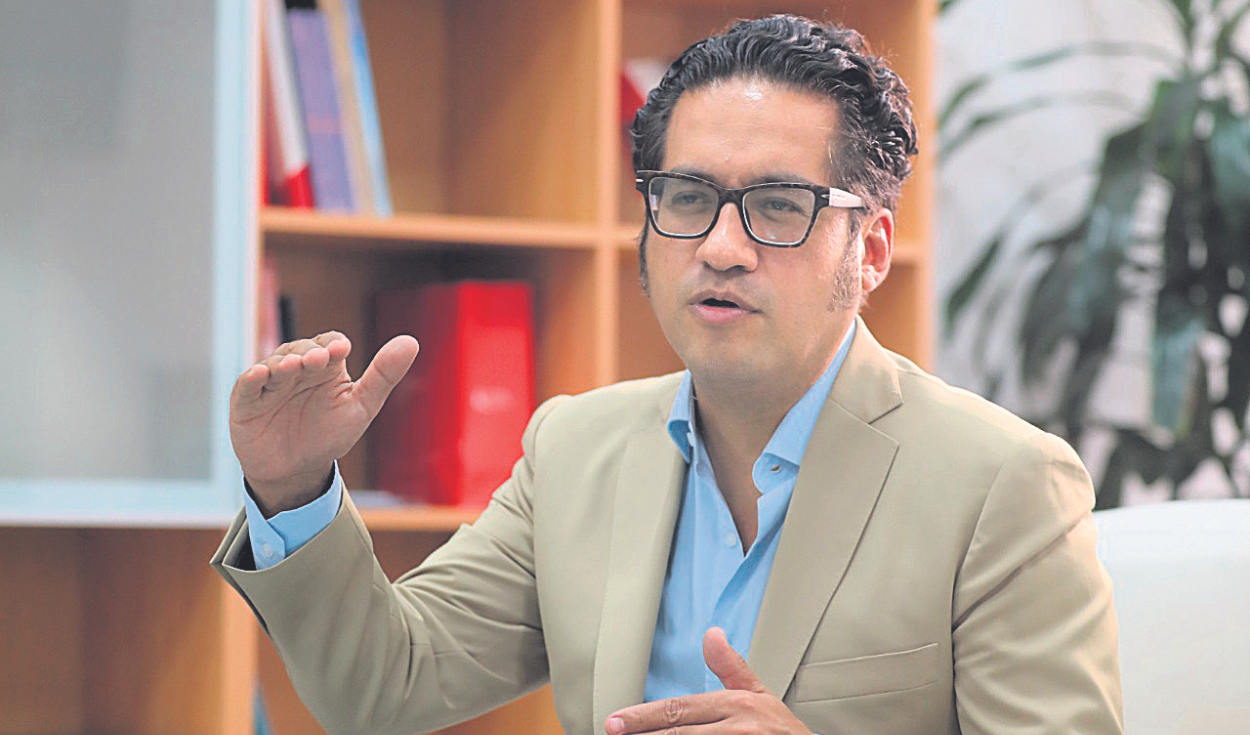
The Ministry of Production (Produce) would be evaluating reducing the permitted catch size of anchovy. The former head of this sector José Luis Chicoma explains why it would not be a wise decision and how it would affect artisanal fishing and Peruvian families. Furthermore, he maintains that the industry must begin to adapt its operations to climate change.
-Should the minimum capture size of anchovy be lowered?
-To make a decision as important as that, a supporting study of the Imarpe, which analyzes whether the anchovy can really reproduce with smaller sizes in the face of new climatic conditions. Without scientific evidence – which can take a long time to collect and analyze – the biomass of anchovy can be put at risk.
-The industry asks for it because they have found many youth…
-(Which has led to the closure of areas.) That is why a point is reached in which For many companies it is no longer profitable to leave, and pressure to reduce the minimum size intensifies, with a short-term vision of extraction, instead of a long-term vision of sustainability. The authorization of the seasons, as well as their conditions, can never be given due to business pressure.
-What criteria should Produce consider?
-Due to the warming of the waters (due to the phenomenon The boy and climate change) could change the size at which many species, including anchovy, can reproduce. However, a scientific study is required.
-What would be the impacts of reducing size?
-The anchovy is a key species in the Peruvian marine ecosystem. If the size is lowered without strong scientific support, risks having its biomass reduced in the next years. This would affect all populations whose diet depends on anchovy, such as bonito, horse mackerel and mackerel, as well as birds and marine mammals.
-Then it would also affect artisanal fishing…
-(Yes,) the economic well-being of thousands of families that depend on this activity would be harmed. Let us remember that artisanal fishing is the one that generates the most employment within the fishing sector. But not only that, it would also affect the diet throughout the country. While almost all of the anchovy caught is transformed into fishmeal and fish oil for export, a large part of the other species directly feed Peruvians.
-It is requested to increase the percentage of juveniles that can be captured. What do you think?
-Imarpe has to carry out a scientific evaluation, without political interference or business pressures, to determine what is best for sustainability, considering the weather conditions recent events and their impact on youth.
-Given the crisis in the fishing sector, what measures should be applied?
-The long-term conditions for anchovy are negative, given that it is a species very sensitive to temperature variations. Eventually, companies will have to diversify their investments to other fisheries or activities. Fortunately, many of these companies have capital and resources for this diversification. The State’s priority support should be directed to industrial fishing workers, as well as artisanal fishing, which generates more employment and provides more food to Peruvians.
-There is a bill (5496) that seeks to expand Siforpa II. Should it be approved?
-It must be recognized that boats exist and that there are many fishermen and families who depend on these activities and investments. However, many species, such as the squid and the parakeet, are already fully exploited. No more ships should enter. If they are formalized and authorized, each boat will fish less, and it will not be profitable for anyone.
Source: Larepublica
Alia is a professional author and journalist, working at 247 news agency. She writes on various topics from economy news to general interest pieces, providing readers with relevant and informative content. With years of experience, she brings a unique perspective and in-depth analysis to her work.











